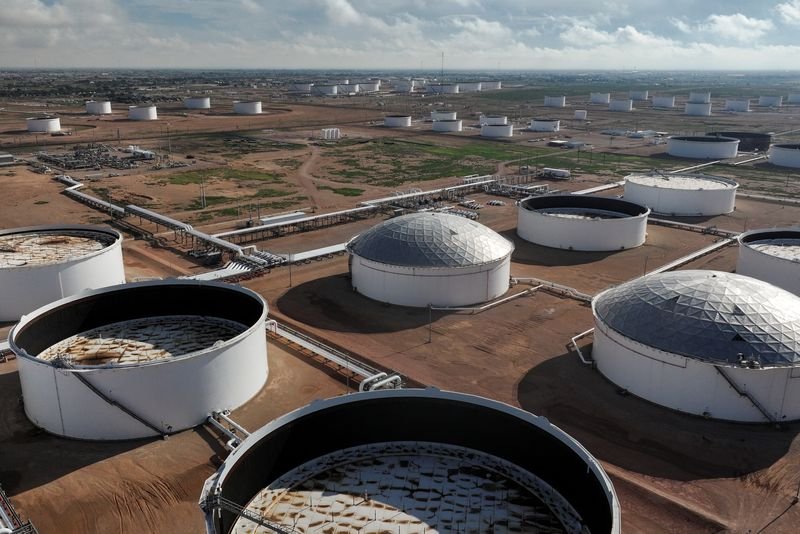Oil Prices Decline Amid U.S. Tariffs and OPEC+ Production Increase
In a recent turn of events, oil prices have experienced a decline as traders monitor the implications of U.S. tariffs and the surge in output from OPEC+. This dip in prices comes amidst a broader evaluation of market dynamics influenced by geopolitical factors and production strategies.
Understanding the Market Context
The energy market is intricately linked to global economic conditions, and recent movements in oil prices reflect ongoing concerns regarding trade policies. U.S. tariffs have historically affected commodity markets, creating fluctuations that traders must navigate carefully. As these tariffs come into play, the potential for price adjustments becomes apparent.
Moreover, OPEC+, a coalition that includes major oil-producing countries, has recently ramped up production. This increase in supply can significantly impact oil prices, particularly when combined with the ongoing assessment of U.S. trade measures. The interplay between supply and demand is crucial for determining price trajectories.
OPEC+ Actions and Their Impact
OPEC+ has made headlines with its decision to boost oil production. This strategic move is designed to stabilize fluctuating prices and respond to varying global demand. By increasing output, OPEC+ aims to maintain a balance in the market, preventing extreme price hikes that could deter consumers and hamper economic growth.
The recent boost in production is a response to various factors, including the recovering global economy and rising energy needs. As countries emerge from the challenges posed by the pandemic, the appetite for oil has surged, making OPEC+’s timely decision significant for maintaining price stability.
U.S. Tariffs and Global Trade Implications
The U.S. government’s imposition of tariffs has far-reaching implications for global trade, particularly affecting the energy sector. Tariffs can lead to increased costs for oil imports, which may, in turn, influence domestic market prices. Traders are keenly aware of how these tariffs intersect with global supply chains, creating a complex web of considerations.
As the U.S. continues to navigate its trade policies, the implications for the oil market remain a point of contention. Traders are continuously adjusting their strategies based on the latest information surrounding tariffs, output changes, and broader market conditions.
The Traders’ Perspective
For traders, staying informed about global market trends is paramount. The recent shifts in oil prices highlight the importance of being agile and responsive to changing conditions. As they analyze the impact of U.S. tariffs and OPEC+ production levels, traders must weigh the potential risks and rewards in their decision-making processes.
Understanding the market landscape allows traders to anticipate price movements better and adjust their strategies accordingly. This adaptability can significantly impact their success in navigating the oil market’s complexities.
Future Considerations for Oil Prices
Looking ahead, the combination of U.S. tariffs and OPEC+’s production decisions will continue to shape oil prices. The energy market is prone to fluctuations, and traders remain vigilant in evaluating how these factors interconnect. With the ongoing adjustments in both trade policies and production levels, the dynamics of the oil market will likely remain in flux.
Traders and industry stakeholders must remain attuned to global developments that can influence supply and demand. This vigilance will be critical for navigating future price changes stemming from external pressures or shifts in geopolitical landscapes.
In summary, as oil prices ease, the influence of U.S. tariffs and OPEC+ production boosts cannot be understated. The energy market remains fluid, requiring continuous analysis and adaptability from traders as they respond to these evolving situations. With the interplay of various factors at play, the outlook for oil prices remains dependent on a complex mix of economic and geopolitical elements.
